Previous posts on my first impressions of the GX85 here and here.
In-camera battery charging – hooray – but no external charger supplied in the package – hissss boo!!! The advantage of in-camera charging is real – you don’t have to bring dedicated cables and chargers when traveling with the camera, and any old USB charger and battery pack will do the trick to top-up battery power when you’re on the move. On the other hand, that the GX85 package doesn’t include an external battery charger feels real cheapskate of Panasonic. Moreover, switching on the camera seems to suspend charging. You can use the GX85 as a camera or a charger at any one time, but not both. That limits the usefulness of having multiple batteries, so I’ve had to order from eBay a cheapo third party battery charger.
Like the E-PL6, the GX85 isn’t weather-sealed. But the rubber flap that covers its mini-HDMI and micro USB charger ports is neatly flushed with the camera edge, and closes tightly without any gaps. You’d need a finger nail to pry it loose though, so I’m a uncertain how this flap will fare against constant use in time to come.
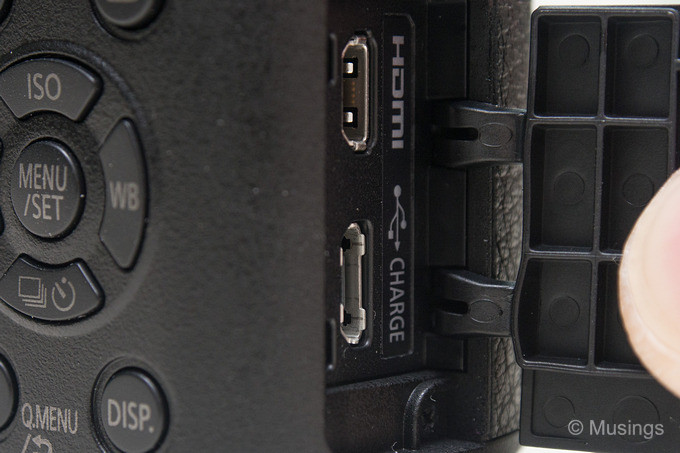
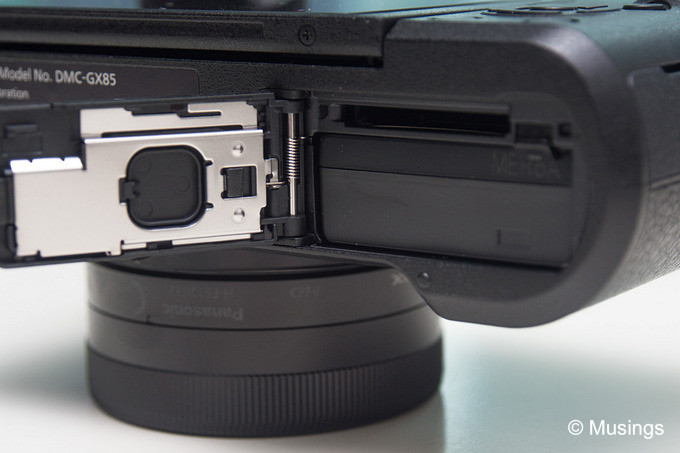
The GX85’s built-in pop-up flash is released by a dedicated spring button, and is useful – somewhat. Certainly not as a direct head-on flash, but it can be tilted to 90 degree angle for bounce flash. The flash’s pretty weak GN 4.2 at ISO100 limits this utility even then, and it’s hard to tilt the flash up with one finger while keeping another finger on the same hand on the shutter release button. I reckon most people will just go for a discrete and more powerful flash gun altogether, but at least its inclusion is better than not having it at all.
Alongside two of four FN buttons, the back plate cursor buttons as pre-set offer quick ways to configure some of the most important settings, including WB, ISO and drive modes. They’re clicky-enough and aren’t mushy in feeling – which is good. But they are also quite small, and don’t offer a lot of button travel. I reckon the E-M1 sets the gold standard here among my m4/3s – good travel and satisfying to press (minutiae alert!). The remaining two FN buttons sit near the top-plate, and are also configurable.
I’m less enamored by the front and real dials. They can be set to control different functions and offer somewhat more resistance than the E-M5’s and absent altogether from the E-PL6. But they’re still a little too easy to turn. Personal preference and so on here of course. That said, rotating these two dials don’t do a thing when the camera is powered off, so there’s no concerns with accidental changes to various settings.
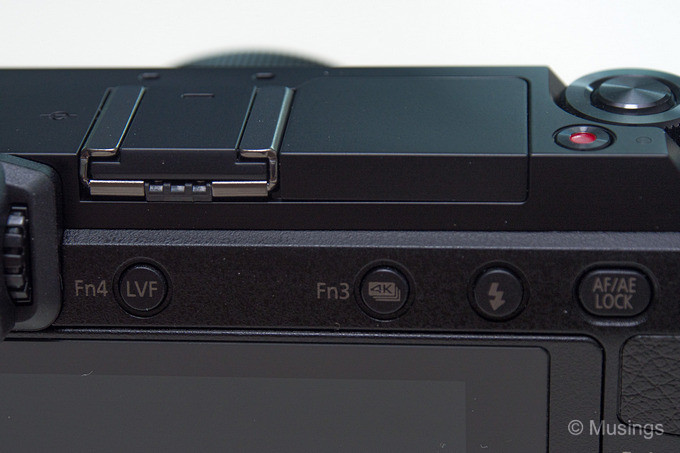
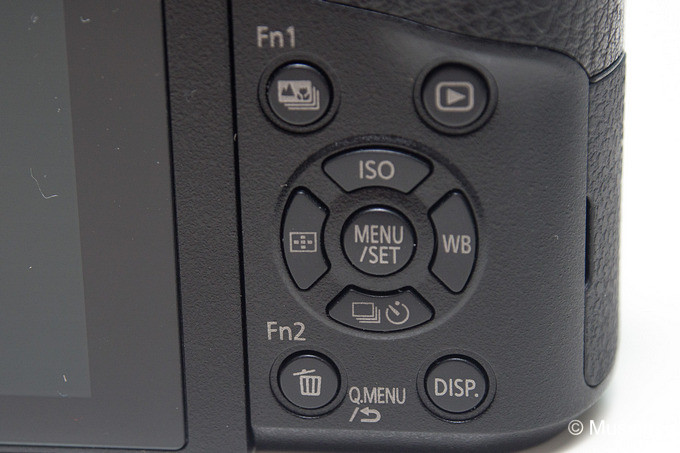
Olympus pretty complex and heavily nested menus for m4/3 its bodies have long since borne the brunt of criticism and jokes, though I honestly have never had problems with it. The menu layout is fairly consistent among its camera lines, and once I’ve configured the Olympus E-M1/E-M5/E-PL6 to preference, I didn’t find myself having to get back into the same menus very much anymore. The Panasonic menu is slightly more intuitive and more pleasing to look at aesthetic-wise. Helps too that there’s an embedded guide to explain each feature as you scroll through it, and that little help facility has its own distinct display area – unlike Olympus menus where the help shows up as a pop-up that obscures other menu items. That said, the Panasonic menus seem to use a less deep directory structure that’s perhaps just one level deep. i.e. there are eight pages of submenus already from the top-level REC(ord) menu. So, lots of scrolling around is necessary to find the option you want.
Panasonic’s implementation of Auto-ISO is also not quite like Olympus’. Specifically, you can set an upper ISO limit in the GX85 but not a minimal shutter speed for the camera not to fall below where possible. This is a clunker of course for shooters who’re used to Olympus cameras’ ability to set a slowest shutter speed limit, after which the camera starts bumping up the ISO. Noise is easier to correct than focusing problems from camera shake or subject motion. The workaround in the GX85 is to either adjust ISO maximum levels, or set a specific ISO altogether for specific shots. Not at all elegant though.
The Asian edition of the camera seems doesn’t seem to offer 4K 30p but 4K 25p – ugh. The recorded 4K video output looks great from a newbie videographer’s perspective, though at 100mbps, resultant file sizes are huge. I reckon I’ll be doing a lot of 4K video recording with the GX85, and then re-encode the video to lower bitrates to reduce the file footprints.
Disappointingly, no Adobe Camera RAW support in version 9.5. This means either a conversion of the RAW files to DNG or having to upgrade to a newer edition of Photoshop Elements newer than the version 14 I’ve got.
The Panasonic 12-32mm pancake lens isn’t too bad. It’s taking decent enough general purpose pictures so far, and will probably come to its own in video work.. The GX85 supports Dual IS when mounted with it – useful when I’ve had too much morning coffee and my hands aren’t steady LOL.
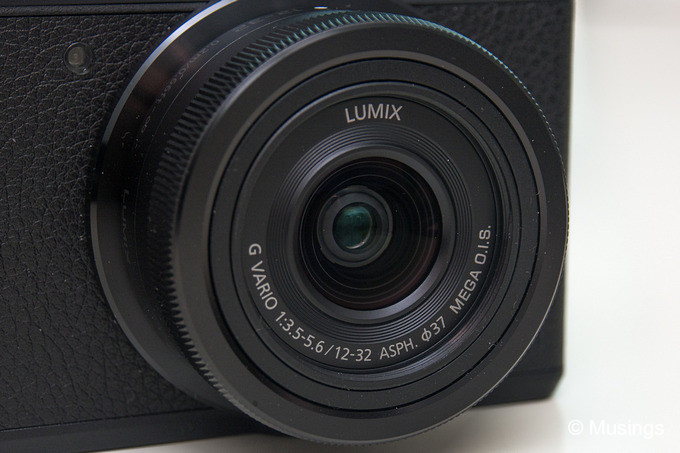
That sums up the first impressions of the camera. Pictures to follow in posts in the next couple of weeks!
Recent comments